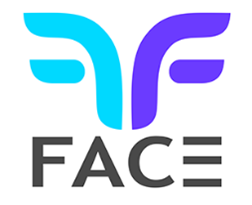Understanding Users’ Experience with Digital Lending Applications (DLAs) in India
by Neha Mallick, Mohak Srivastava, Vineet Anand, Surbhi Sood and FACE
Apr 15, 2024
1 min
The Fintech Association for Consumer Empowerment (FACE) and MicroSave Consulting (MSC) published a survey on user experiences with digital lending applications (DLAs) in India. The survey found that while 70% of users felt confident verifying loan apps, many struggled to recognize illegal lending apps and proper verification methods, exposing them to fraud. Users often prioritized partnerships with NBFCs/Banks, reviews, and ratings, neglecting data-sharing metrics. Social media advertising plays a significant role in influencing digital loan purchases, with family and friends being key decision-makers. Female users had a better understanding of loan products than male users, and 76% of users found DLAs beneficial, while 11% had negative experiences.
The Fintech Association for Consumer Empowerment (FACE) and MicroSave Consulting (MSC) have published a survey titled “Understanding Users’ Experience with Digital Lending Applications (DLAs) in India,” which analyzes user knowledge and behavior regarding DLAs and digital loans. The findings reveal that while 70% of users felt confident verifying loan apps, many lacked awareness of how to identify illegal lending apps. More than half of the users were uninformed about proper verification methods, making them susceptible to fraud. Most users focused on partnerships with NBFCs/Banks, reviews, and ratings, often overlooking downloads and data-sharing metrics. Even highly confident customers demonstrated limited understanding of their digital loans, such as the Key Fact Statement and Grievance Redressal mechanism. Social media advertising strongly influences digital loan purchases, with friends and family playing a significant role in decision-making. Female users showed better awareness of loan products compared to male users. Digital lending applications positively impacted 76% of users, whereas 11% reported negative experiences. Finally, individuals who did not use loan apps, mostly in rural areas, mentioned reasons such as no loan requirement, access to alternative credit sources, or unfamiliarity with loan apps.
 by
by  Apr 15, 2024
Apr 15, 2024 1 min
1 min 




Leave comments